How To Start A Junk Journal: Top Tips & Junk Journal Ideas For 2025
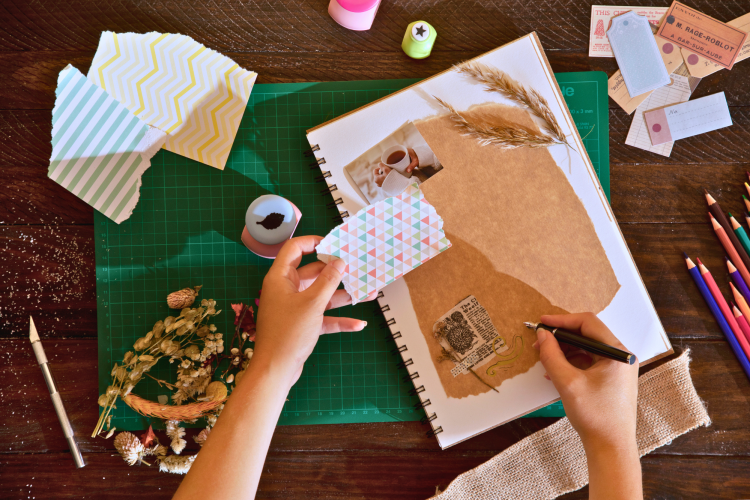
Junk journaling and exploring the most creative junk journal ideas can be one of the best ways to foster creativity using a wealth of supplies you may already have around the home. While there are many crossover techniques and practices with other kinds of journaling, from traditional diaries to more structured bullet journaling, this particular mode emphasizes found materials, personalization and a certain amount of eclecticism in its approach. Create fun journals from scratch and then fill them with whatever you like!
This blend of bookbinding and collage is completely beginner-friendly and accessible to all skill levels. Not only are there many ways to get started, but unlike some other visual art forms, they don’t require a huge investment in materials and supplies. What you use and the techniques you use to create your junk journal are completely customizable to your interests and what you have available to you.
Jump to Section
What Is A Junk Journal & Junk Journaling?
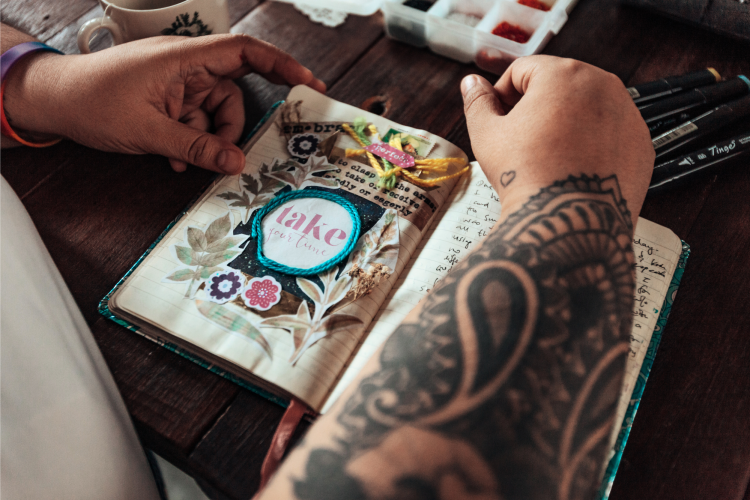
Junk journaling combines bookmaking and collage, creating mixed-media journals in various shapes and sizes using found materials. These handmade volumes can be very simple or very complex, involving many different decorative accents or very few. What are the rules for junk journals? The rule is that there really are no rules! Anything can be made into a journal if you try hard enough, including paper, magazines, books, packing materials, old cards or postcards, bits of ephemera and more. The books made are usually bound in some way, whether it is sewn like a book or held together by other materials like ribbon, binder clips, staples, rubber bands, paper brads or other means.
These journals can be created for various purposes. Many people create them as journals, using them for writing diary-style entries or making mixed-media art and assemblages on the interior pages. Others use them as scrapbooks and memory books, collecting items such as photos and snapshots. Others focus on art and binding techniques rather than the end result.
Many believe that the concept of junk journaling, as we have come to know it, originated in Medieval commonplace books, which were used to collect not only information about a family or group of people but also as a place to store mementos. Sometimes this was a family bible or other official bound book. The need for such bound volumes eventually led to all sorts of things being used as commonplace books, like financial ledgers and blank books designed specifically for this purpose.
The term “scrapbooking” eventually took hold in the 19th century. Over the next century, the art of scrapbooking evolved into its own distinct form as more and more stores began to sell the materials and supplies needed to capture their lives in an assembled book. Junk journaling emerged as an alternative to more expensive, traditionally created books that required fancy paper and embellishments. Making a book from what you have generated involves more creativity and customization. It was also an eco-friendly approach, as it upcycled materials that might otherwise end up in the trash.
Junk Journal Supplies: What Do I Use For A Junk Journal?
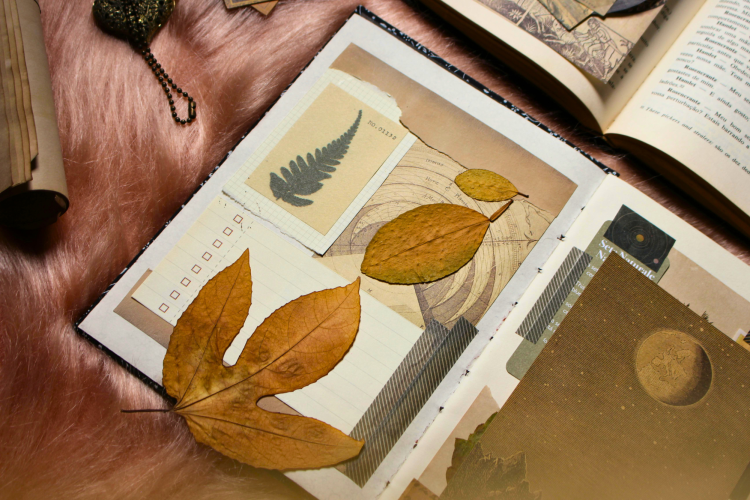
The most important element for starting to build your junk journal ideas is paper. This will form the bound pages of your junk journal’s interior, in other words, the pages you will be making art or writing on. You can take the simple route and use blank sheets of plain or notebook paper, or you can achieve a more varied look by using bits of paper from around your home. This is a great opportunity to utilize items such as newspapers, magazines, and old books. Tissue paper, wrapping paper or decorative scrapbooking paper are also great options.
Or use upcycled materials like old greeting cards, postcards, manuals, broken down packaging, receipts or junk mail. Collections of random ephemera can make great gifts for crafters who love making junk journals. You can also use fabric to create pages. Many journals utilize pockets, which can be created with glue from a sheet of paper or by using an upcycled envelope. The covers of junk journals are made from a variety of materials. Great ideas include cardstock, book boards, cardboard, small boxes, leather, fabric and even vinyl.
One of the easiest ways to assemble a simple junk journal is to fold over your pieces of paper or materials and bind them together along the spine. For a simple sewn binding, you would need thread and a large needle (you can use regular sewing supplies on many journals, but for heartier and heftier ones, you might want needles and thread specifically designed for bookbinding). You can also use paper fasteners like binder clips, brads, staples and metal rings. Other techniques involve using rubber bands, ribbons, or elastic to hold the book together. You can also start with a base that is already bound and alter the book from there.
Once you have the basics of pages and binding, a whole world of creativity opens up in what you do next. You can use paint, ink, markers, colored pencils, pastels, or crayons inside. You can also use three-dimensional accents made from found objects, such as fabric, buttons, costume jewelry, coins, and hardware. Other great accents include rubber-stamped details, stickers, postage stamps, rubbings or transfers and dried flowers or leaves.
Other basic supplies you may want to have on hand when creating junk journals include scissors, X-acto blades, staplers (regular or long-arm), a ruler, a bone folder, tape (transparent, masking or washi) and adhesives like white glue, Mod Podge or rubber cement. You may also want to enlist thick bookbinding needles, thread, and an awl to poke holes for sewing the binding.
What To Write In A Junk Journal: Do You Actually Write In A Junk Journal?
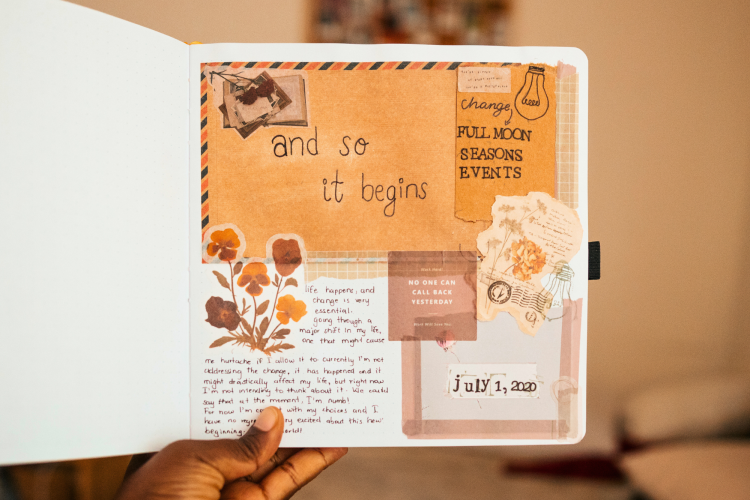
You can pretty much do whatever your heart desires in your junk journal, including writing. You can also draw, paint or collage. For many junk journal makers, the process of assembling the book becomes an integral part of the book's contents. If you plan to write in the book, make sure you include pages that allow you to easily see your writing with occasional blank pages, solid color segments and space around other elements to write on. What to write in a junk journal? You could add stories, poems, favorite quotations, memories, jokes and more. The pages are also great for art journal ideas.
Junk Journal Ideas For Beginners
1. Single Signature Journal
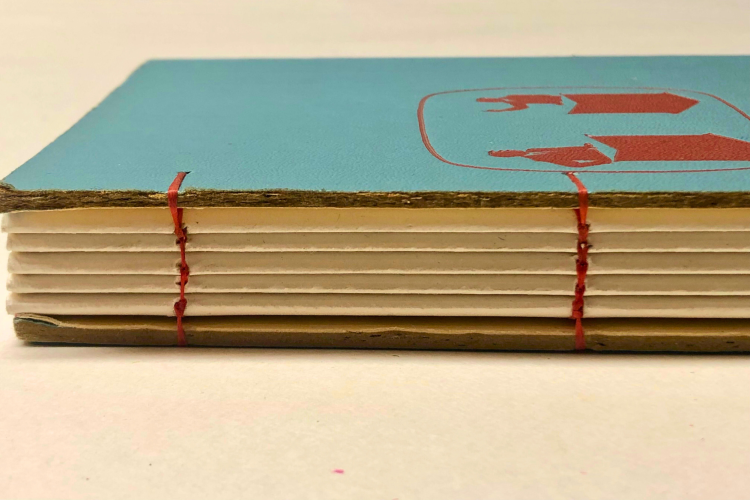
This is perhaps the simplest way to create a bound sheaf of pages. All you need is a stack of pages that you can fold over to create a booklet. Use a pamphlet stitch with three holes in the binding by sewing together, using a figure-eight pattern, and tying off the end securely. You could also use ribbon in lieu of thread or use a stapler to attach the pages together at the fold. You can even add a cover folded and sewn together with the pages. For a thicker and more advanced journal, create several single signatures and then bind them together before you attach the cover.
2. Envelope Journal
Use several envelopes of various sizes to create a junk journal that features pockets you can incorporate into the design. How the pouches open will determine the layout of your book. For longer horizontal envelopes, fold them in half and load your pages from the top. You can also cut them down to create shapes for the openings or remove parts of the envelope with an X-Acto knife to allow the peaks of what’s inside to show. For larger envelopes, such as mailers, fold it in half and cut both ends so that each page forms a pocketed panel.
3. Altered Book Journal
This is perhaps one of the easiest ways to make a junk journal for beginners, since the book is already bound. This gives you a chance to focus more fully on what you put in it and how you decorate the pages. Use the existing pages in the book or use them more sculpturally to create pockets, recessed cut-away areas and other fun tricks. You can even use some white glue to close up certain portions of the book to create thicker pages. Use the existing cover as a base to modify and create your own vision.
Junk Journal Ideas For Kids
4. Ribbon Closure Journal

Since mastering book binding often involves needles and sharp supplies, a kid-friendly way to create a junk journal is to use a simple ribbon binding. Fold your pages in half and wrap the crease vertically with a ribbon, pulling it tight to secure the fold in place. You can also add a piece of ribbon or elastic with glue to the exterior of the cover, allowing you to wrap it around to hold the book closed.
5. Nature Collection Journal
This fun junk journal idea for kids enables them to express their creativity and learn about the natural world. Have kids collect natural objects that would work in a book format, like pressed leaves, flowers, bark, feathers and other flat materials from the natural world. Use rubber cement or glue to attach them to the pages of your journal, using the space around them to identify the objects and add commentary about each one.
6. Collaged Picture Book
You can turn an old picture book into a new creation by altering the existing pages. This can mean cutting out shapes and recesses to add internal accents or simply collaging and drawing on the pages as they are bound. You can also use adhesive to add foldout elements, tip in some envelopes to create secret compartments and use the text pages of the book to create word art and collages.
Junk Journal Ideas For Adults
7. Accordion Book Journal

Use a large sheet of paper to create a folded accordion journal. Great materials for this include large sheets of wallpaper or flattened brown paper bags. Cut a long strip from the paper and fold it into equal segments, using the single piece as a base for adding other elements and accents. You can use cardboard to create your cover, which you can glue to the two ends of the accordion. Use ribbon or an upcycled hair elastic and a single button on the cover to keep it closed.
8. Binder Ring Journal
One of the easiest ways to attach a larger number of pages together is to use a single or multiple metal rings, like you would find in a three-ring binder. Use a hole punch to create a hole and then thread the ring through to fasten the pages together. This also works great for thicker materials that might be difficult to attach with binding or other fasteners. This opens up a greater range of materials to add inside, including thick cardboard, plastic and leather/vinyl for covers.
Unique Junk Journal Ideas
9. Transparent Pages

Use vellum, plastic transparency sheets, or shipping tape to create clear pages that allow you to see through to the next one. This can lead to some great possibilities for layering your images and revealing small details one at a time that add up to the larger spread. You can also layer writing and text over images by using clear pages you write on with a Sharpie.
10. Postcard Journal
For another easy junk journal idea, use a stack of postcards folded in half to create a book you can decorate. Since the cardboard is a little thicker, you will likely need to use a bookbinding needle and heartier thread or twine to hold it together. You can use the postcards alone or combine them with other smaller pieces of paper and ephemera to create a mix of textures and materials.
11. Cardboard Packaging Journal
If you're looking for a cool cover for your junk journal but don't have any cardboard or book board, you can use small cardboard boxes as covers. Just unfold the box and wrap it around the inner sheaf of pages. You can glue it along the created spine of thicker journals or use binding thread or rubber bands poked through the cardboard to fasten the block of pages to the cover. Great options include slender cardboard boxes like those that contain cold medicine, Band-Aids and other small cardboard containers. To disguise the box, cover it in paper, washi tape or fabric.
These great junk journal ideas for concepts, materials and supplies can get you started on designing your own books to serve as diaries, sketchbooks, mementos, and souvenir books, all with things already at your disposal.
For even more fun DIY and upcycled ideas, check out other experiences happening on Classpop!

